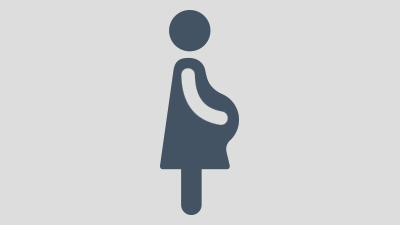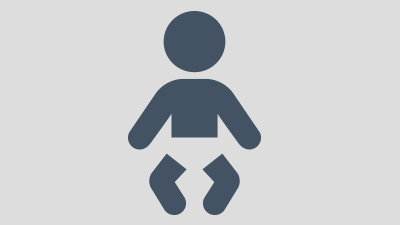Influenza (Flu)
Flu & COVID-19
With both flu and COVID-19 circulating this season, getting a flu vaccine is more important than ever. Learn more about what you can do to protect yourself and your loved ones on the CDC website:
For more information about COVID-19, visit our COVID-19 (Coronavirus Disease 2019) | Texas DSHS web page.
The flu spreads easily, and there are lots of ways to catch it.
The flu is especially hard on older adults and small children, so keep your family protected.
Because getting the flu is easy, but getting the shot is even easier.
DSHS encourages you to protect yourself and your family by getting the flu shot as soon as possible. We urge everyone six months old and older to get vaccinated every flu season.
What Can I Do?
Get Vaccinated
Get a flu shot now. It’s the best way to protect yourself and others from serious flu illness.
Flu Vaccination Info & Finder
Stop the Spread
Wash your hands frequently. Cover your coughs and sneezes. Stay home if you’re sick.
Flu Prevention Tips
Getting the flu shot is particularly important for:

Pregnant women
Older adults (65 years and older)
Small children (6 months to 5 years)
People with chronic health conditions
CDC Information:
More Resources:
Mailing Address
Disease Surveillance and Epidemiology Section
Mail Code: 3082
P.O. Box 149347
Austin, TX 78714-9347
United States
Physical Address
Disease Surveillance and Epidemiology Section
Moreton Building, Suite M-631
1100 West 49th Street
Austin, TX 78756-3199
United States
